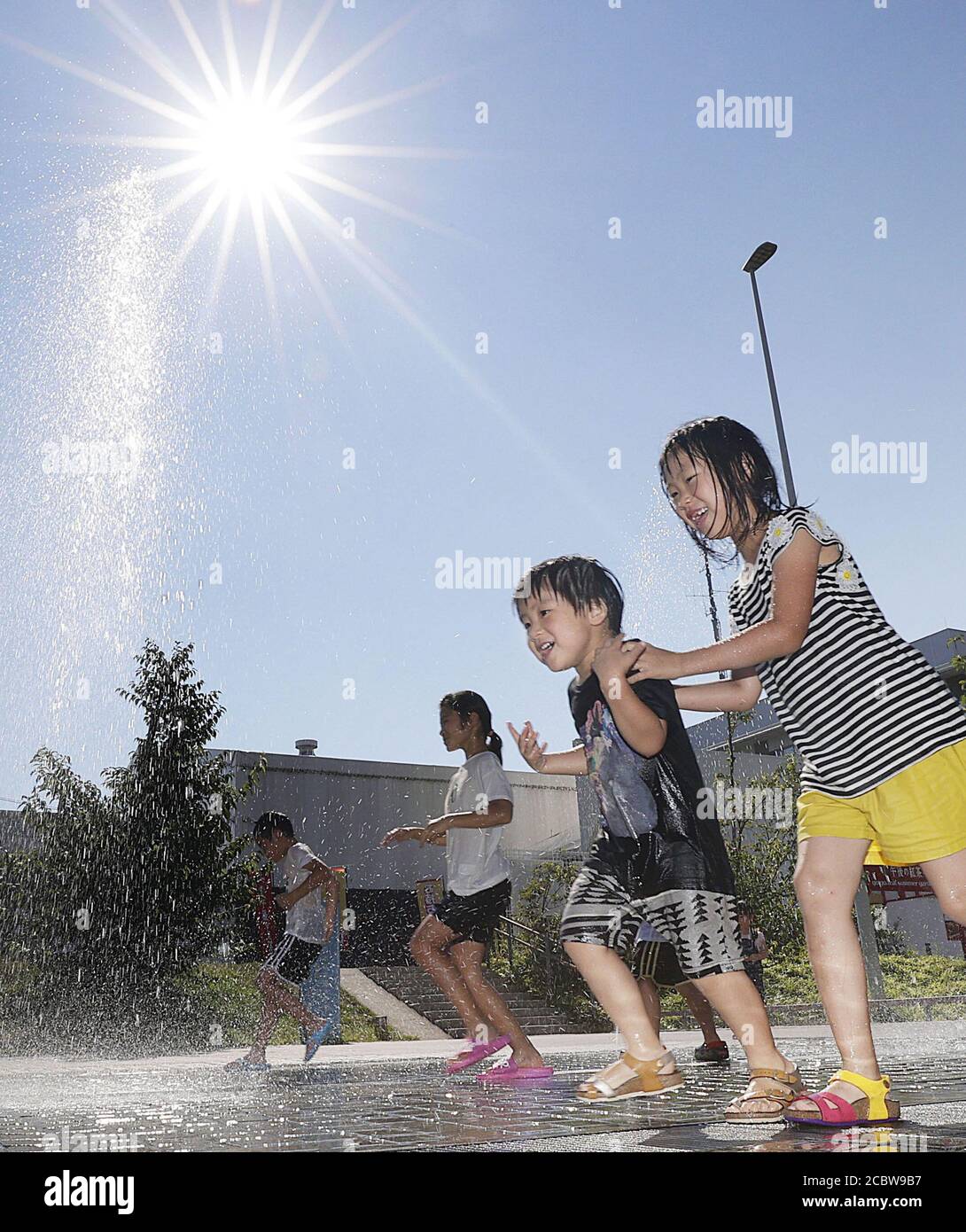Shifting From Print Media towards Digital Format: An Evolution of News Content Intake

Lately, how we consume news has experienced a major transformation, moving from the traditional touch-and-feel aspect of print newspapers to the quick-paced realm of online media. As digital platforms have digital platforms have taken center stage, they have not only transformed the medium through which news is delivered but also changed our daily habits, preferences, and understanding of current events. The rise of online news has modified our relationship with information, making it broader yet yet also raising important questions about credibility, ethics, and the very nature of journalism itself.
In exploring the evolution of online news, we will explore multiple dimensions of this dynamic landscape. Including the competition between online news sources and print journalism to the profound impact of social media, the role of podcasts, and the ethical challenges that come with rapid reporting, each element plays a crucial role in shaping public opinion and our collective consciousness. Understanding these changes not only helps us interpret the complexities of news consumption in the digital age but also emphasizes the importance of staying updated and thoughtful as consumers of information.
The Transition to Digital News
The shift from print to digital news has significantly transformed how we access information. As the web became more accessible in the late 1990s and early 2000s, traditional newspapers faced difficulties adjusting to the digital environment. The instant availability of online platforms allowed news to be refreshed in real-time, drawing readers away from the regular print editions and toward the convenience of instantaneous updates delivered straight to their screens.
This change was not only about accessibility but also about user preference. Newer generations, growing up in the digital age, began looking for news on their mobile devices and laptops rather than flipping through the pages of a newspaper. Websites that catered to this demographic, providing not only news articles but also interactive content and multimedia, began to lead the media landscape. As https://comunicatul.com/ , traditional news outlets have had to re-evaluate their approaches to connect with this group effectively.

As online news consumption continues to rise, it has significant implications for news reporting and public discourse. The velocity at which news is spread means that stories can go global in moments, shaping public opinion almost instantaneously. However, this rapid pace also brings challenges, such as the need for factual accuracy and the rise of false information, pushing online outlets to adopt fresh standards and practices to maintain credibility in an evolving media environment.
Obstacles and Opportunities of Online Platforms
The surge of online information platforms has revolutionized the manner news is accessed, resulting with it both major issues and opportunities. One key challenge is the intense competition in the digital space, where many outlets compete for attention. This oversaturation can lead to a degradation of quality, as sensational news often prevails over fact-based reporting to drive clicks. Additionally, the prevalence of false information has led to a skepticism in sources, making it difficult for credible news organizations to maintain credibility amidst a deluge of inaccurate content.
Despite these hurdles, online media offer unprecedented opportunities for interaction and audience reach. News organizations can connect with audiences across the globe and customize their content to different demographic interests through analytics and targeted advertising. Social media has become as a powerful tool for news dissemination, allowing viewers to share content rapidly and engage in discussions. This instant interaction not just fosters connection but also holds media outlets accountable for accuracy and openness in news delivery.
Furthermore, the shift to digital news has opened up new revenue streams for media companies. Subscription models, paid articles, and innovative advertising approaches are being explored to sustain the industry in the digital age. While some face difficulties with paywalls, many consumers are willing to pay in valuable news, acknowledging the importance of supporting trustworthy journalism. As technology continues to evolve, understanding how to navigate these issues while capitalizing on the opportunities will be essential for the future of online news.
A Coming Terrain of News Media Consumption
As technology continues to develop, the outlook of news consumption will most likely be shaped by breakthroughs in artificial intelligence and machine learning. Such technologies will improve customization, enabling news organizations to deliver tailored content that meets individual tastes and interests. In this environment, the challenge will be balancing customization with the need for varied viewpoints, ensuring audiences are presented to various viewpoints rather than just echo chambers.
In addition, the credibility of news outlets will become increasingly paramount. With the rise of misinformation and “fake news,” consumers will need to cultivate sharper skills to evaluate sources and verify information. News outlets will also have to implement stricter standards and allocate resources in verification to establish and maintain trust among their viewers. This imperative for clarity and responsibility will influence the approaches adopted by online news platforms in the next future.
The integration of different media types, such as podcasts and videos, will further transform how news consumption occurs. Viewers are gravitating towards dynamic content, meaning news organizations will need to create continually to meet these expectations. This change will not only enhance audience engagement but also encourage deeper relationships between the news and its audience, making news an interactive and engaging experience rather than a passive one.
